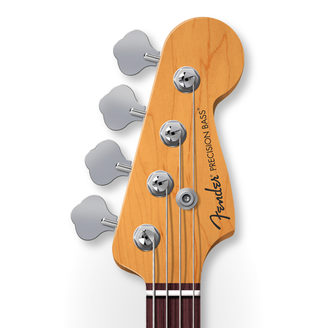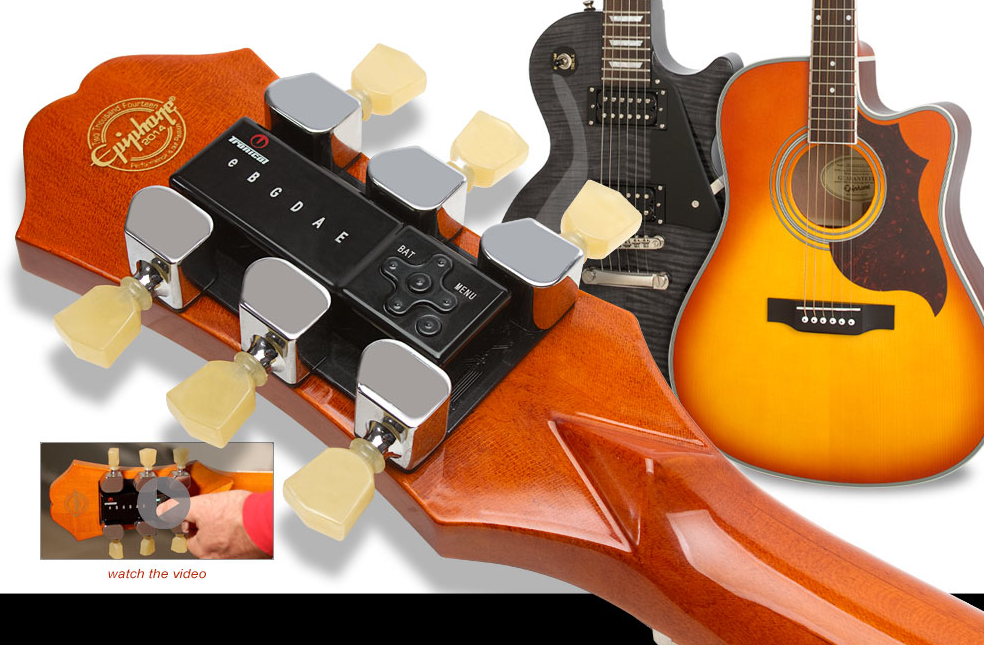

Modern guitar manufacturing techniques are so good that intonation isn’t nearly the problem that it used to be. unless I’m mixing a tune with a couple pitchy notes….
Auto tune guitars install#
So has anyone tried out the Peavey AT-200 yet? Would you have any interest in such a system if you could install it on the guitar of your choice? Do you have any hard-won wisdom about working with hexaphonic pickup systems? Heard any good Auto-Tune jokes lately? Some tones that sound stiff played solo work just fine in a mix. But as with all such processors, it’s all about the musical context. When heard solo in some of Antares’s demo videos, the tones seem a bit cold and stiff. Each individual string actually sounds quite authentic, but the strings don’t “hum” or “sing” together in quite the same way. The main thing that prevents all these systems from sounding 100% authentic is the lack of interaction between the strings.How much of an issue this is varies from player to player. However, sensitive players definitely perceive the fact that the instrument doesn’t vibrate in the same way as when played organically. But I don’t believe that’s an issue for most guitarists. Most vocalists can’t sing while monitoring real-time pitch correction - it just freaks them out.It simply takes a few milliseconds for the chaotic transients to settle into a definitive note that can be perceived by pitch-detection tools.
Auto tune guitars software#
Yes, there is some lag, but this has less to do with with any hardware or software shortcomings than with the physics of a plucked string. But actually, all these systems have tracked really well for a long time. The Antares system seems to track extremely well.I can’t offer many definitive comments about the product till I try it, but I can pass along a few impressions based on Antres’s videos and my experience with other hexaphonic-equipped instruments, such as Roland, Yamaha, and Fishman guitar synths, Line 6 modeling guitars, and the Roland V-Guitar system: (It looks as if the system won’t work with Fishman’s upcoming TriplePlay wireless MIDI guitar pickup.) You still need a hexaphonic pickup, but here you can use any Roland-style pickup with a hardware connector, and you can add these to most guitars without permanently altering the instruments.

Judging by the videos (and Art Thompson’s comments, which I inevitably trust), the system is remarkably glitch-free, and performs quickly enough so that most players barely perceive any lag.Īntares has also announced the upcoming Guitar Floor Pedal. I suppose I was imaging this product would involve some sort of advanced polyphonic pitch correction tool, perhaps some mind-blowing descendent of Celemony’s Melodyne. No disrespect to Moore, a true innovator, but this strikes me as an absurd misapplication of patent law.) Anytime you see a USB jack on a guitar, rest assured that Brian Moore is earning a royalty. (I don’t know for certain why Antares opted for a retro MIDI cable, though I have a guess: Brian Moore Guitars, creators of the iGuitar, have a patent on the very notion of putting a USB connector on a guitar, regardless of how it’s deployed. Well, well, what have we here? A circuit board hosting the Antares processor, a hexaphonic pickup of the sort used in MIDI guitars, a bunch of switches, and an old-school MIDI cable for connecting your guitar to your computer or iPad, which can serve as controllers for the Antares hardware. Coming soon: the Auto-Tune for Guitar Luthier Custom Kit.


 0 kommentar(er)
0 kommentar(er)
